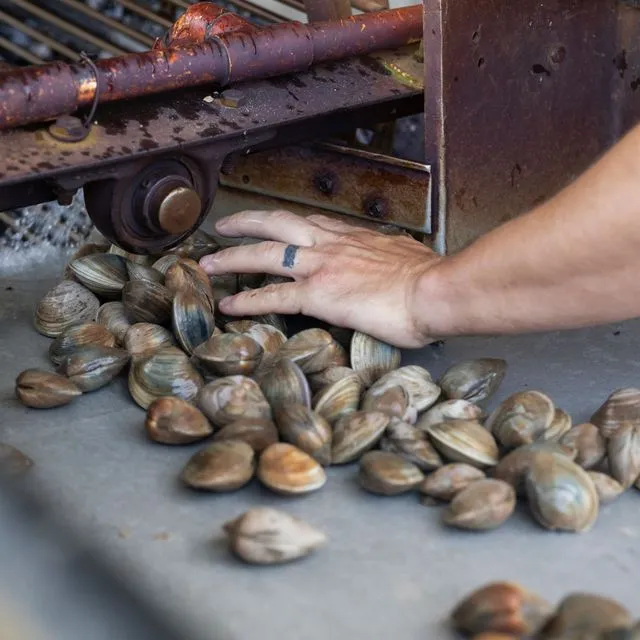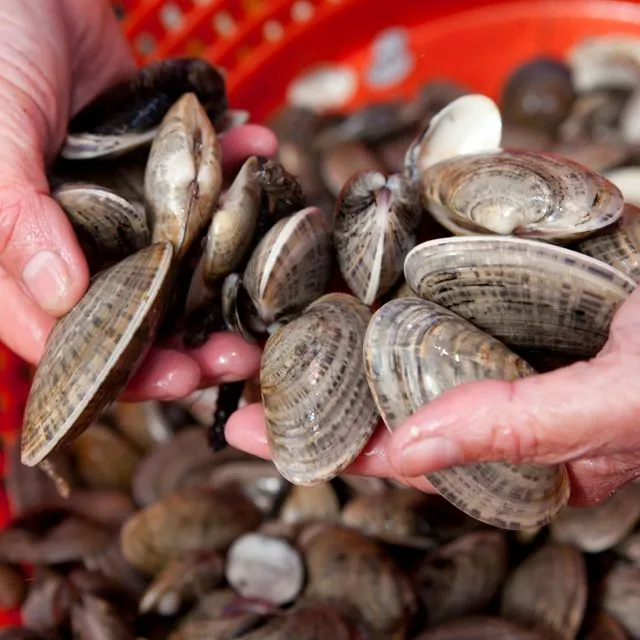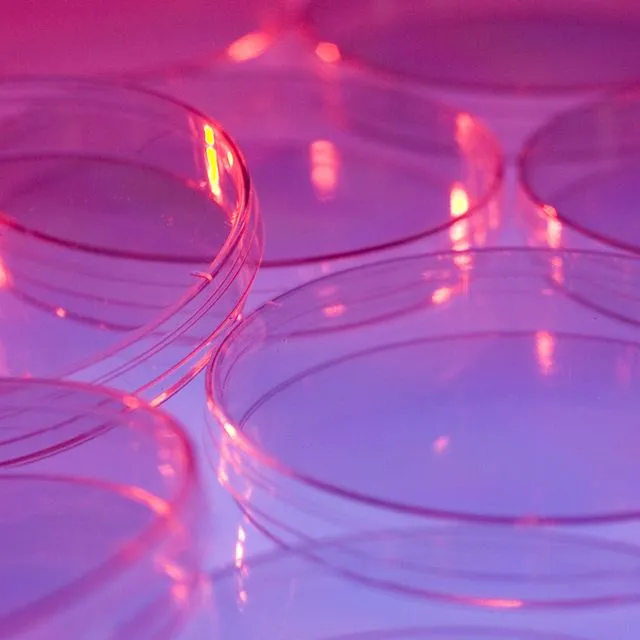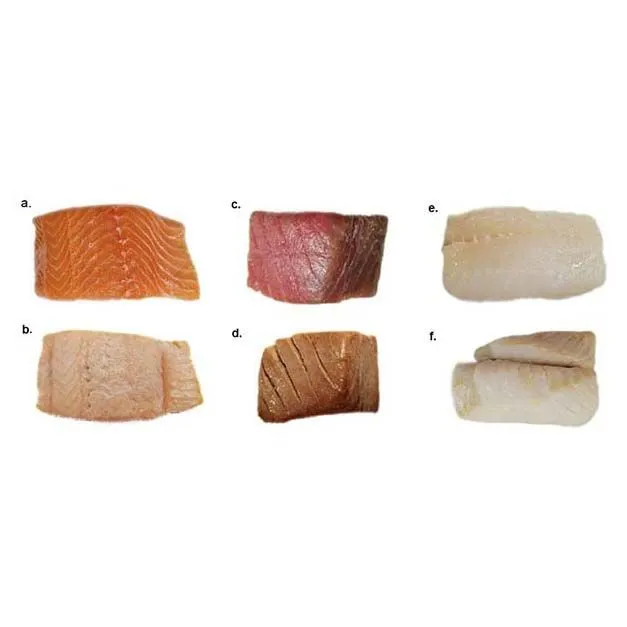Food Science and Human Nutrition
Summary
The UF/IFAS Department of Food Science and Human Nutrition is among one of the world's largest combined programs in which food science, nutritional sciences, and dietetics are studied within one academic department.
Editorial Team
- Wendy Dahl - Editor
- Renee Goodrich - Chair
Related Links
New and Revised Publications
The UF/IFAS Department of Food Science and Human Nutrition is among one of the world's largest combined programs in which food science, nutritional sciences, and dietetics are studied within one academic department.
Editorial Team
- Wendy Dahl - Editor
- Renee Goodrich - Chair
Related Links
New and Revised Publications
Showing 100 of 228 Publications
Showing of 35 Experts





































































































